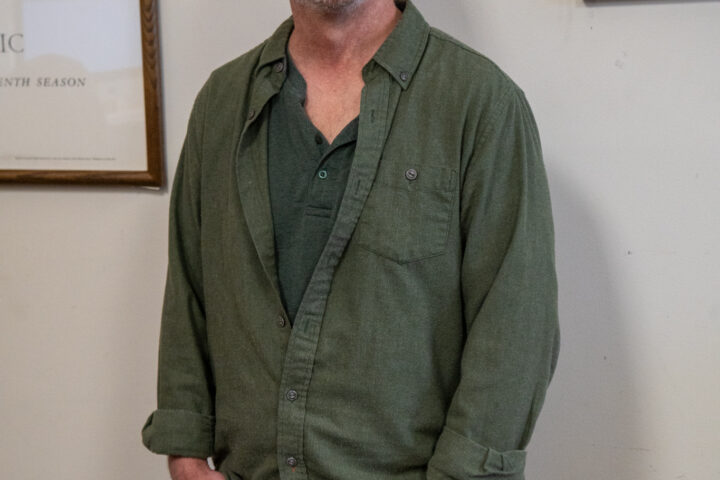For decades, scientists, astronomers and physicists let their imaginations play around with the topic of a black hole and the speculations about its existence. On April 10th, 2019, Event Horizon Telescope (EHT) researchers announced their success in capturing the first image of a supermassive black hole. The EHT is a global collaboration of 200 scientists and 8 of the largest radio telescopes created to retrieve visual evidence of black holes.
“Scientists around the world coming together to explore the mystery of black holes and beyond is mind-blowing. It’s also astonishing to see Einstein’s theory come to life after all these years! This news has shaken up the world of science as we know it, and it has increased my curiosity,” said Silma Suba, a QC senior majoring in Psychology and childhood education.
EHT uses Very Long Baseline Interferometry (VLBI) to link radio dishes internationally and measure the emission regions of two large black holes in particular – the one at the center of our own galaxy, and one in the center of the Messier 87 galaxy. The photo released at the beginning of April was the M87 black hole – 53.5 million light years away with a mass of 6.5 billion times that of our sun. This size makes the black hole’s event horizon, or area around which light and radiation can no longer escape, an area larger than our solar system. This concept that was once just a theory has now been brought to life.
In the image, most see an orange ring surrounding a dark circle. In an interview with Wired, Andrew Chael, Harvard astrophysicist and one of the researchers involved, explains the image further. “Nothing comes out from the event horizon. What we’re seeing is actually light that was captured on a circular orbit around the black hole and it flung off. That’s at the point where the gravitational field is so strong that it’s making the photons orbit. If the photons venture a little bit too far inside the orbit, they’ll fall in.” As material is sucked up by the black hole, right before it crosses the event horizon, it is tremendously heated and compressed, and energy by the surrounding magnetic field adds to the chaos.
The image was taken thanks not only to the efforts of 8 radio observatories in separate locations, such as Chile, Spain, Hawaii and Denmark, but also to the black hole itself being so large, massive and relatively close, making it a great target for the EHT – considering that most massive black holes were still considered tiny in relative size. The 8 telescopes were able to correspond data with atomic clocks timing all the observations taken, and the VLBI technique was used to provide this data. Radio waves that come in from various cosmic sources, such as a star, galaxy or a black hole, reach one dish pointed at the sky before also reaching another dish further away.
This piece of data tells us the intensity of the source and, after analysis, can tell us a direction in the sky where the source is coming from. According to the EHT’s website, with the several radio dishes, Earth’s orientation and changing the wavelengths observed, we can, “Observe supermassive black holes with an angular resolution and sensitivity that can imagine the silhouette of the event horizon.”
“It’s super cool to know that the big mysteries we learned about as a kid that relate to space are coming to life and entering a whole new era of scientific questioning,” said QC junior and sociology major Mark Aleman.
How exactly are we positioned to see the M87 black hole in the way it appears in the image?
The M87 is also known for its large spanning relativistic jets. Black holes emit these jets from either side of its center, perpendicular to the plate of its event horizon. These jets consist of radiation and particles traveling almost at the speed of light. We are technically looking at the M87 black hole as if a relativistic jet is pointed right at us.
As extraordinary as this feat is, you may be wondering what this means for the future of scientific understanding of space, and more specifically, the nature of the environment surrounding a black hole. First, EHT can use what they learned in this accomplishment to better understand what it may take to capture an image of the smaller black hole at the center of our galaxy. Second, they plan on creating more radio observatories around the world, specifically one in Arizona, and using it to look at the same black hole through different wavelengths, which can lead to improvements in resolution. According to Sheperd S. Doeleman, director of EHT, an off-planet dish may not be too far in the future either.
This image can help us answer questions as to how black holes swallow up matter and interfere with the substances in a countless number of different galaxies, making it all the more ironic to know that Albert Einstein, who provided many of the models upon which relativity research is based on, didn’t believe in black holes himself.














